Pinckney’s Treaty Opens Up the Mississippi, Encouraging Westward Expansion
The Treaty of San Lorenzo, also known as Pinckney’s Treaty, was an agreement signed on October 27, 1795 between the United States and Spain. It settled a dispute between the two nations over the boundary of Spanish Florida and granted navigation rights on the Mississippi River to Americans.
Spain had long possessed territory along the northern coast of the Gulf of Mexico and all of modern-day Florida. During the Seven Years War, Spain sided with France against England. When the war ended in 1763 with Spain’s coalition on the losing side, the British claimed Spanish Florida.
From this territory, England created two new colonies, East Florida and West Florida, and administered them much like their other North American possessions, the thirteen American colonies and Canada. However, unlike the rest of colonial America, the British made little effort to populate this area with settlers.
One change the English did make to this territory was to move the border of West Florida north by about 85 miles, as far as the Mississippi River town of Natchez. They made this adjustment to the border to increase the land area of the colony of West Florida.
When the American Revolution began, these two sparsely settled colonies remained loyal to England. To bring this area under control, Pensacola was invaded and captured by the Spanish, America’s ally, in 1781.
At the signing of the Treaty of Paris in 1783, England gave the two Florida colonies back to Spain. However, it was not made clear in the agreement if the northern border of West Florida was the original line or the boundary 85 miles further north. America insisted on the more southerly border which led to a dispute between Spain and the United States.
In retaliation, the Spanish closed New Orleans to all American goods. This decision was significant considering the rapidly increasing number of Americans living on the west side of the Appalachians who needed to get their goods to market. Instead of taking a relatively easy water route to Eastern and European markets, these settlers had to take their goods over the eastern mountain range.
Because making treaties was not easy under the Articles of Confederation, this issue festered for several years. With a new Constitution and a stronger Executive branch, President Washington was determined to settle this border issue and get the Mississippi reopened for American commerce.
The President sent Thomas Pinckney, a South Carolinian, to Spain to see if an agreement could be reached. Pinckney began negotiations with Spain’s representative Manuel de Godoy in June 1795.
Godoy initially offered to accept the more southerly border for West Florida and to reopen the Mississippi to American trade if the United States would commit to an alliance with Spain. In keeping with President Washington’s wish to avoid entangling alliances, Pinckney rejected this offer.
After some thought, Godoy agreed to our border demands and to reopening the Mississippi River to our goods without an alliance commitment but wanted all American goods to be charged duties for passing through New Orleans.
Pinckney rejected this offer as well and threatened to leave without a treaty if the duties requirement were not dropped. The very next day, Godoy agreed to eliminate any demand for duties to be paid on American goods and the deal was struck.
In summation, Spain agreed to use the more southerly border for West Florida, reopen the port of New Orleans and the Mississippi to American goods, and drop its demand that all American goods passing through New Orleans pay Spanish duties. Amazingly, the United States gave up nothing. Pinckney’s achievement was hugely popular in America, especially in the southern and western portions of the country.
WHY IT MATTERS
So why should the Treaty of San Lorenzo, or Pinckney’s Treaty, matter to us today? The Treaty of San Lorenzo ended a long-standing border dispute with Spain and opened the Mississippi, the main river system on the continent, to American commerce. These changes accomplished two of President Washington’s fundamental foreign policy goals, getting along with other countries and improving commercial relations with as many nations as possible.
The President recognized wars are expensive and America should avoid getting drawn into them. He also understood our nation needed to strengthen its economy and could best accomplish this goal with improved trade relations with European powers.
The treaty also made it less expensive for Americans living west of the Appalachians to get their goods to domestic markets in the east. Consequently, this region became a more important part of the American economy and tightened the bonds between East and West, helping to bring our nation together.
Perhaps most importantly, Pinckney’s Treaty encouraged the westward expansion of America by making the new west a more lucrative proposition for Americans wishing to settle there. This treaty was an early part of our nation’s Manifest Destiny to populate and settle this great land. For this, we must always be thankful.
SUGGESTED READING
The Life of General Thomas Pinckney written by Pinckney’s brother, Charles Cotesworth Pinckney, is an excellent account of this often-overlooked Founding Father.
PLACES TO VISIT
If you ever visit New Orleans, you should stop by The Cabildo, part of the Louisiana State Museum system. Located in the French Quarter and housed in a beautiful building originally constructed in 1799, it has a comprehensive exhibit of Louisiana’s early history.
Until next time, may your motto be “Ducit Amor Patriae,” Love of country leads me.


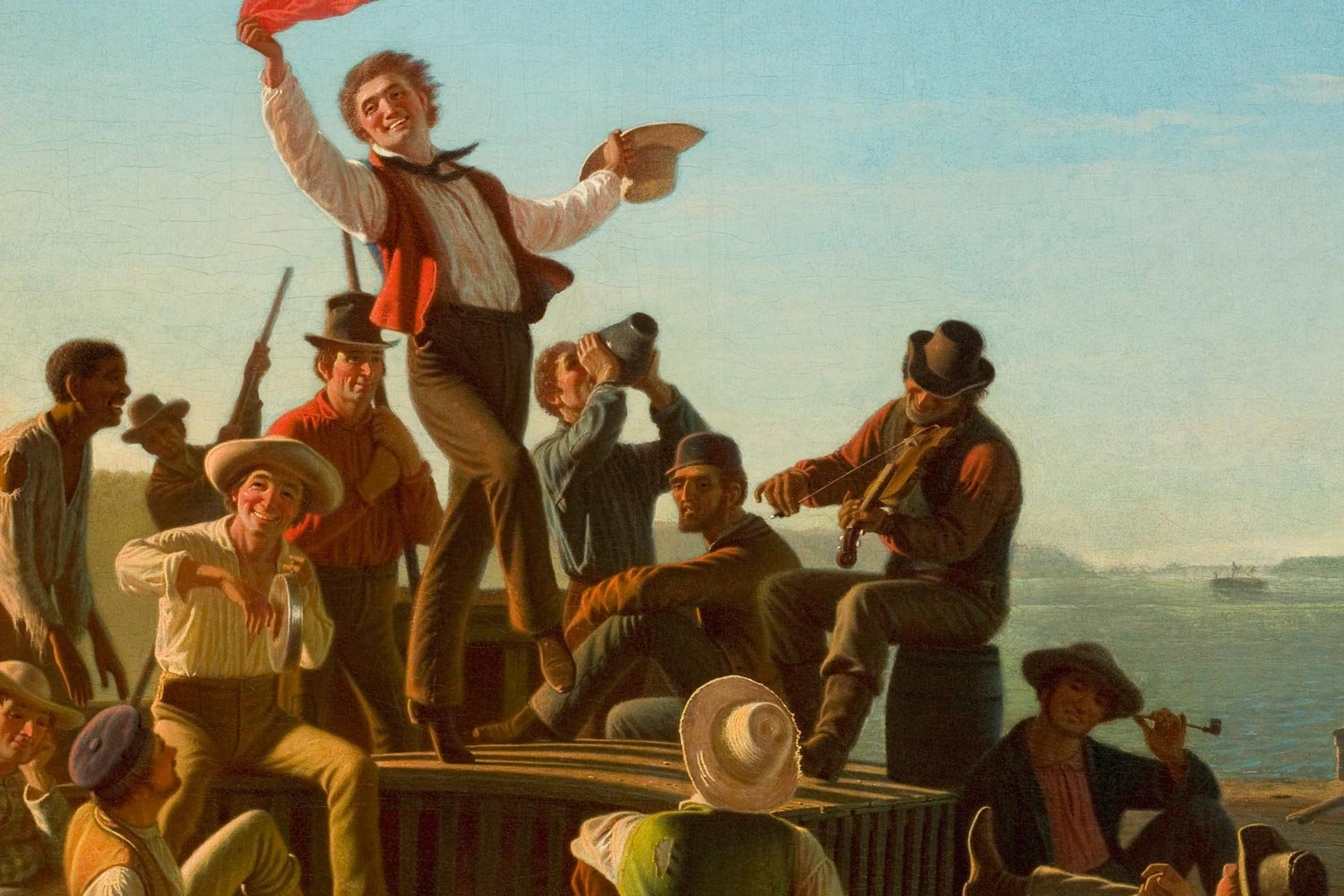

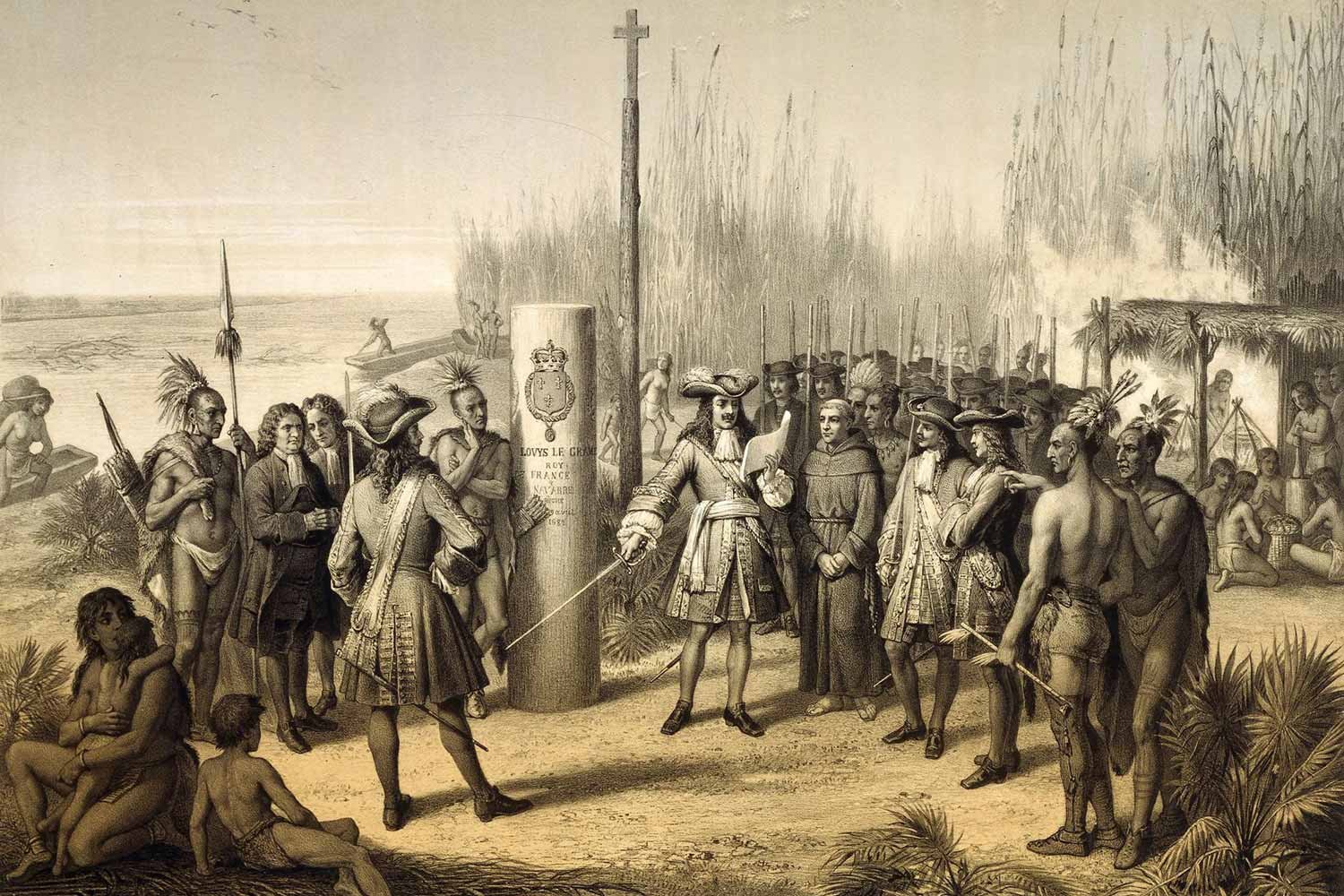
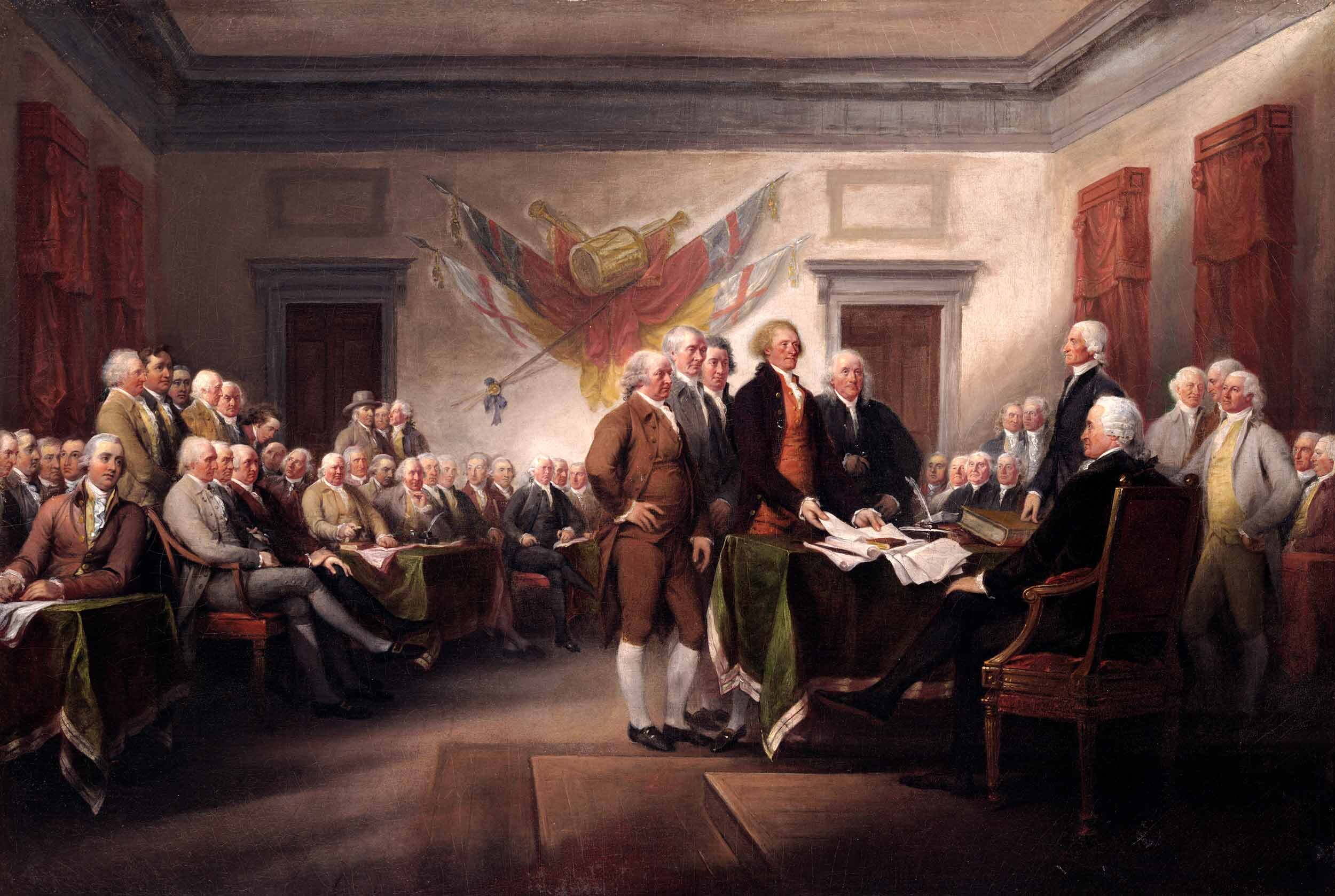
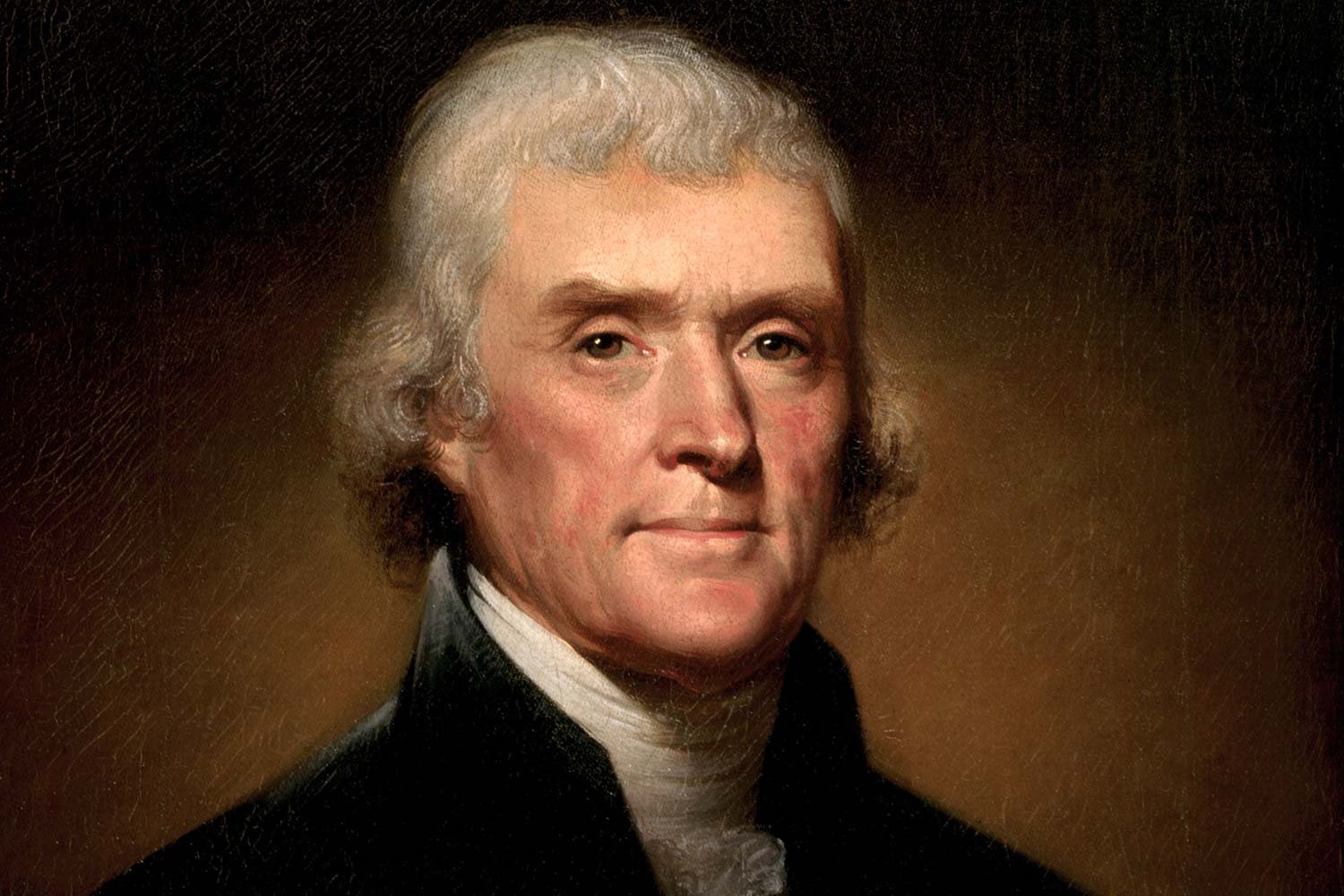

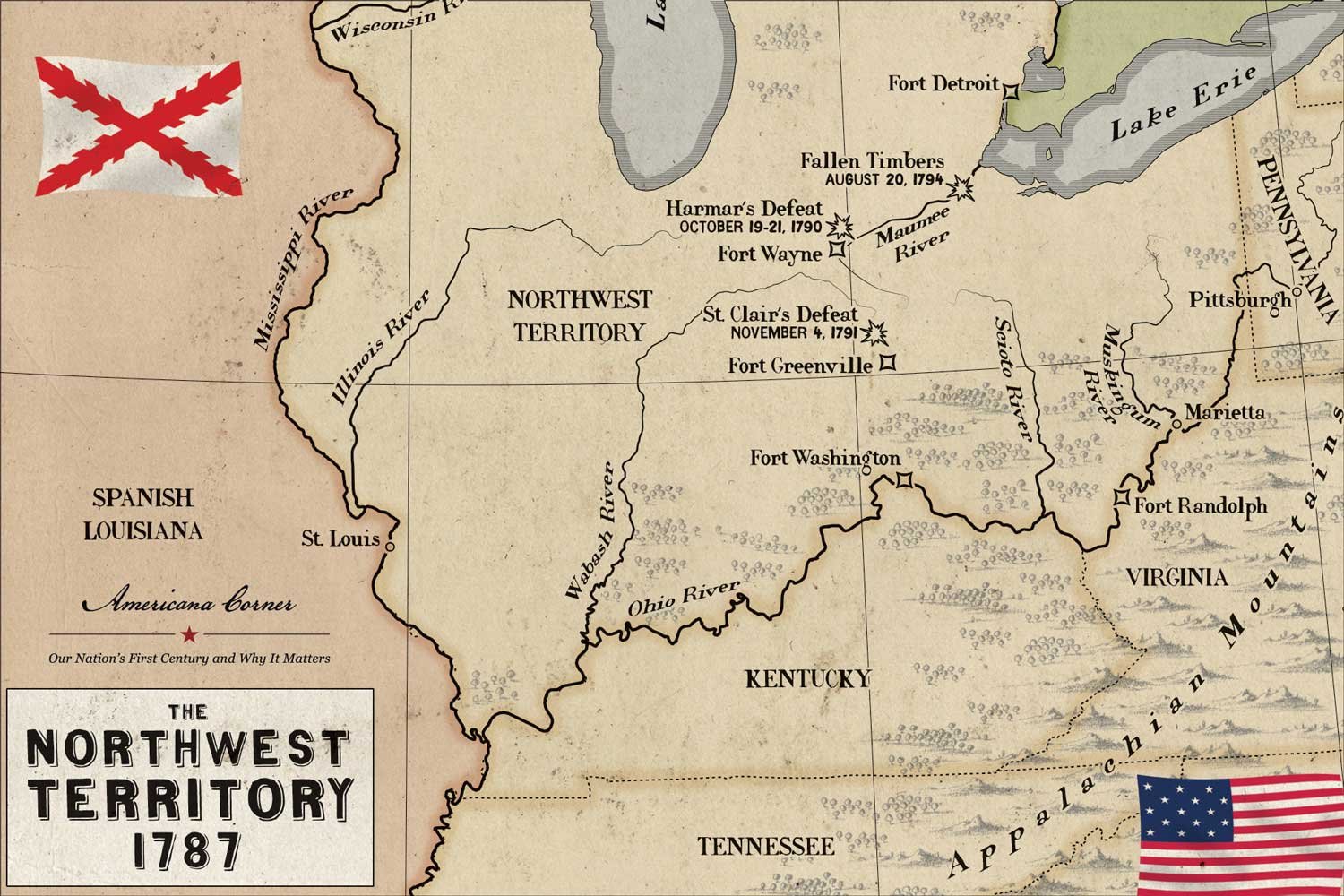

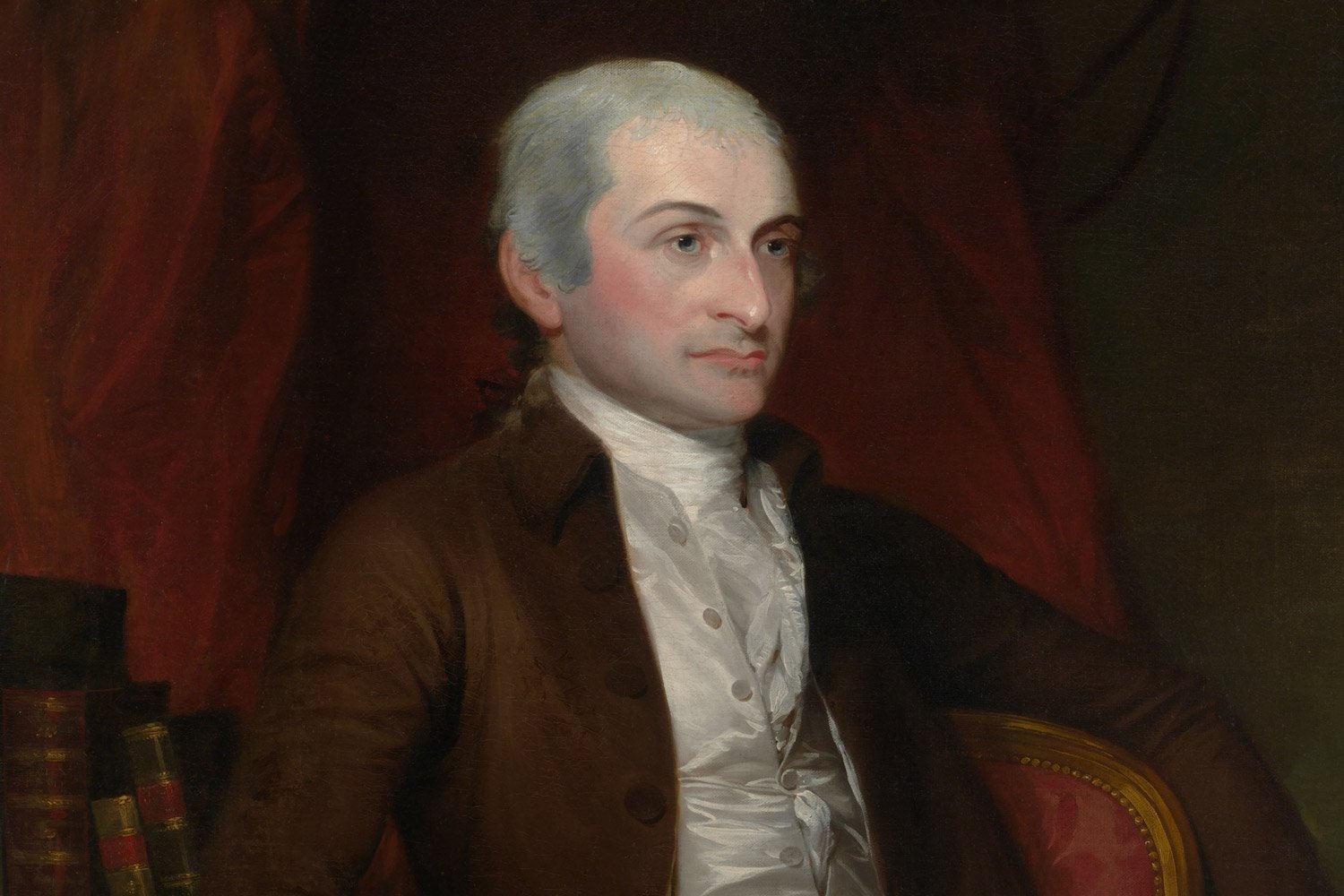
The midnight deal Robert Livingston, United States Minister to France, struck with Francois Barbe-Marbois, Napoleon’s Finance Minister, on April 13, 1803, to purchase the Louisiana territory was one of the most impactful agreements in the history of the United States. It resulted from months of conversations Livingston had had with numerous French officials, creating a foundation for the details that would follow. But as important as this step was, there remained several hurdles to overcome.